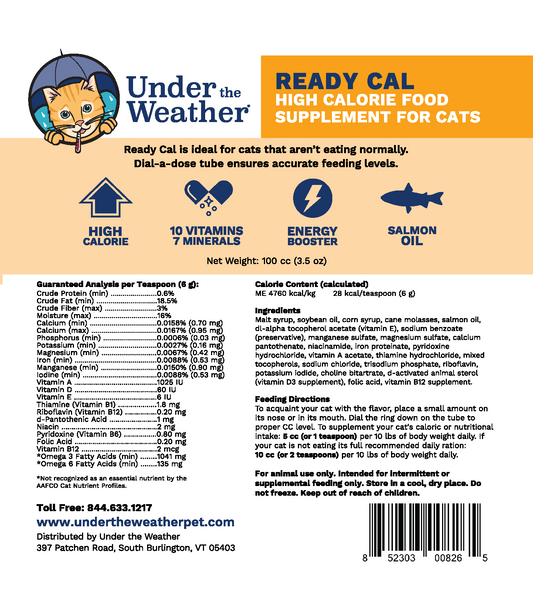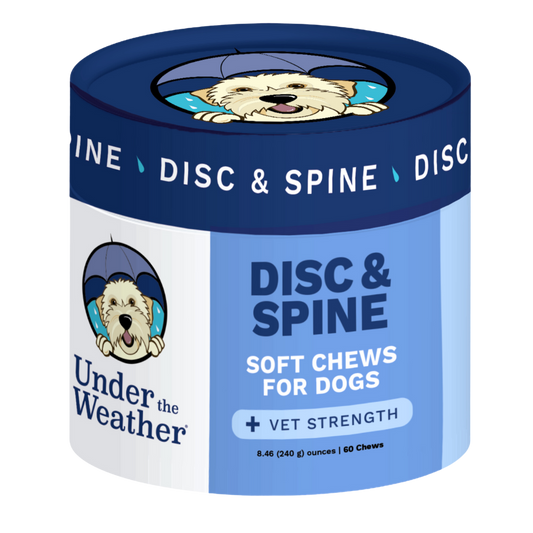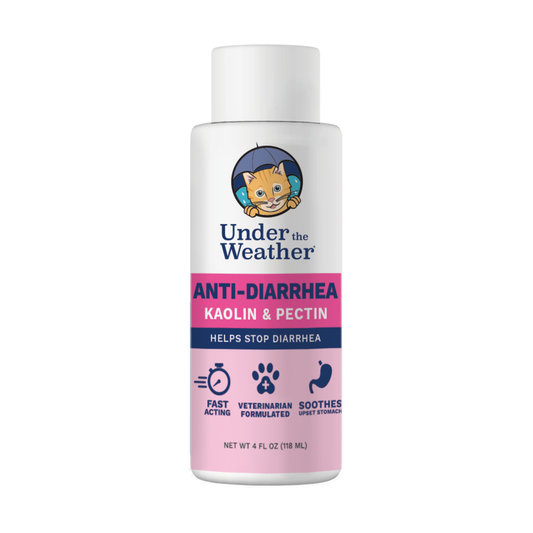Pancreatitis is a condition that can sneak up on dogs and become quite serious if not addressed quickly. The symptoms can often be mistaken for other less severe issues, but pancreatitis can potentially be life-threatening if left untreated.
If your dog tends to eat fatty foods or belongs to a breed that’s more likely to develop this condition (like Miniature Schnauzers, Yorkshire Terriers, Cocker Spaniels, and Dachshunds), it’s important to know the signs, causes, and treatments to keep your furry companion safe.
A lot of pet parents might wonder why their dog with pancreatitis is shaking. We’ll be answering this question below, so don’t worry. We’ll also be reviewing some of the best bland diet dog foods for dogs with pancreatitis, so stick around!

What Is Pancreatitis?
Pancreatitis in dogs happens when the pancreas (an essential gland that helps with digestion) becomes inflamed and swollen. Normally, the pancreas produces enzymes that digest food (digestive enzymes), but when these enzymes activate too early — while still inside the pancreas — they can start breaking down the pancreas itself.
This self-digestion leads to inflammation and damage, which can spread to your dog’s nearby organs. There are two main forms of pancreatitis in dogs: acute pancreatitis and chronic pancreatitis. Let’s take a closer look at the different types of pancreatitis below, so that you can better understand what your dog is experiencing:
Acute Pancreatitis
This type appears suddenly, often without warning. Acute pancreatitis can be very dangerous, as it may quickly affect other organs and lead to complications like chronic inflammation, shock, or even death. It requires prompt and aggressive treatment.
Chronic Pancreatitis
Unlike the acute form, chronic pancreatitis develops gradually over time. The symptoms may not be as severe, but the ongoing damage can lead to lasting changes in the pancreas. Dogs with chronic pancreatitis are at risk of developing conditions like diabetes (about 30%-40% of diabetic dogs have this condition).
Or, in rare cases, they might develop exocrine pancreatic insufficiency (EPI), which prevents proper digestion. Although it’s not easy to tell the difference between acute and chronic pancreatitis without getting medical tests done by a veterinary professional, the symptoms of acute pancreatitis are often more intense.
Causes of Pancreatitis in Dogs
In about 90% of cases, the exact cause of pancreatitis in dogs remains unknown — which can be frustrating for pet parents who are just trying to help their fur babies feel better. However, several factors can increase the risk of pancreatitis in dogs, including:
Fatty Foods
Eating high-fat foods, especially human foods (like bacon, sausage, gravy, and even peanut butter), can trigger an attack. This is one reason vets advise against giving your dog table scraps, especially from fatty meals.
Medications
Certain drugs, including some antibiotics, anti-seizure medicines, and chemotherapy treatments, can lead to inflammation of the pancreas.
Hormonal Imbalances
Health conditions like hypothyroidism, high calcium levels, and diabetes can make a dog more susceptible to pancreatitis as well.
Blockage or Backflow in the Pancreatic Duct
Blockage or backflow can cause the digestive enzymes to back up and start causing damage inside the pancreas.
Physical Trauma
Accidents that lead to blunt force trauma, such as being hit by a car or falling from a high height, may also contribute to pancreatitis in dogs.
Genetics
Certain dog breeds (like Miniature Schnauzers, for example) are more prone to pancreatitis because they often have issues with high triglycerides. Other breeds, including English Cocker Spaniels, Miniature Poodles, and some terriers, are also at higher risk. Older, overweight dogs and small breeds are generally more susceptible to the condition.

Symptoms of Pancreatitis in Dogs
Once again, pancreatitis can present as either a long-term, ongoing problem (chronic) or a sudden, severe illness (acute). Although chronic pancreatitis is less common, it still comes with quite a few risks. Chronic pancreatitis symptoms include:
- Vomiting
- Abdominal pain
- Decreased appetite
- Lethargy
Acute pancreatitis, on the other hand, often comes with more severe symptoms such as:
- Persistent vomiting
- Diarrhea
- Severe lethargy
- Extreme dehydration
- Abdominal pain
- Hunched back
- Fever
- Shock
If your dog shows any of these symptoms, it’s essential to monitor them closely. However, if multiple symptoms appear at once and seem persistent, take your pet to the vet right away.
Why Is Your Dog with Pancreatitis Shaking?
One specific sign of pancreatitis in dogs that might concern pet owners is shaking. Dogs with pancreatitis may shake due to severe abdominal pain. Sometimes, this can be accompanied by a bloated or tense abdomen.
Shaking, in this case, is similar to shivering when a person is in pain — it’s a sign of discomfort and distress. If you notice this particular symptom, especially if it’s new or worsening, take your dog to the vet immediately.
What to Feed Your Dog with Pancreatitis
Diet plays a super important role when it comes to properly managing pancreatitis. High-fat diets are one of the main risk factors for this condition, so it’s important to limit fatty foods, even if your dog’s regular diet is usually balanced. Here’s what you should consider feeding your dog with pancreatitis:
Veterinary Diets
Your vet might recommend a specific low-fat diet that’s designed for dogs with pancreatitis. These specialized dog foods are created to make sure that your dog gets all the necessary nutrients they need without putting any extra strain on their pancreas.
Bland Diet Options
If your dog is experiencing a flare-up, feeding them a bland diet can help reduce the inflammation and ease their digestive issues. Let’s take a look at some of the best bland diet dog food options from Under the Weather below:
Turkey, Oatmeal, Sweet Potato, and Slippery Elm Bland Diet
The Turkey, Oatmeal, Sweet Potato, and Slippery Elm Bland Diet from Under the Weather is an excellent option. This recipe is designed to be gentle on the stomach and is especially ideal for dogs with pancreatitis or sensitive stomachs. The slippery elm in the formula helps soothe the digestive tract, and the simple ingredients make it super easy for your dog to digest.
- Ingredients: Oats, cage-free turkey breast, sweet potato powder, slippery elm powder, and an electrolyte blend.
- Preparation: Mix the contents with boiling water, let it sit, and then serve to your dog. Leftovers can be refrigerated for up to 72 hours.
Chicken & Rice Bland Diet
Another option is the Chicken & Rice Bland Diet, which is also gentle on the stomach and packed with electrolytes to keep your dog properly hydrated. Both of these diets are easy to prepare (just add water) and have a long shelf life. This means you’ll always have some on hand in case your dog has a sudden pancreatitis flare-up.
- Ingredients: White rice, freeze-dried cage-free chicken breast, and an electrolyte blend.
- Preparation: Add boiling water to the mixture, let it rehydrate, cool, and serve. Like the turkey recipe, leftovers can be stored in the fridge.
Preventing Pancreatitis in Dogs
Are you wondering what you can do to prevent your dog from developing pancreatitis in the first place? Don’t worry, we’ve got you covered. Here are some strategies you can use to keep your furry friend happy, healthy, and free from pancreatitis:
Avoid Fatty Foods
Keep your dog away from high-fat treats and human food. Even occasional indulgence can trigger pancreatitis. Don’t give in to your fur baby’s puppy-dog eyes — no matter how cute they are!
Stick to a Regular Feeding Routine
Feeding your dog at consistent times and in appropriate portions helps prevent digestive issues as well. Dogs also thrive on routine, so if you feed them at the same time every day, they’ll be a lot less stressed out.
Be Cautious with Medications
If your dog needs to be on long-term medication, discuss any risks of pancreatitis with your vet. They’ll be able to tell you which medications can trigger pancreatitis, and may even be able to help you decide on a different option.
Monitor Your Dog’s Weight
Overweight dogs are more prone to pancreatitis, so you’ll want to make sure that your dog stays at a healthy weight. Again, this means refraining from feeding them fatty foods and table scraps!
If your dog has had pancreatitis before or belongs to a high-risk breed, you may want to consult with your vet about maintaining a diet that minimizes the chance of pancreatitis flare-ups. Ask them whether feeding your dog a bland diet might be a good idea.
Why Early Treatment Matters
Pancreatitis can escalate quickly, especially in acute cases. The earlier your dog receives treatment, the better. Ignoring or delaying treatment can lead to complications, like damage to other organs and, in extreme cases, death. If you suspect that your dog might have pancreatitis, don’t wait — reach out to your vet immediately.
Conclusion
Pancreatitis is a serious condition, but, thankfully, it can be managed with proper care and the right diet. Make sure that your dog gets the care and support they need by seeking veterinary advice and feeding them a diet that supports their health. Interested in learning more? Help your pet here.












